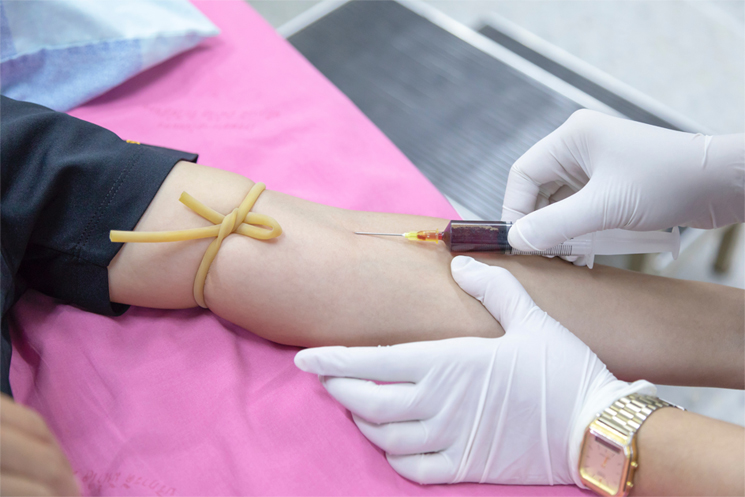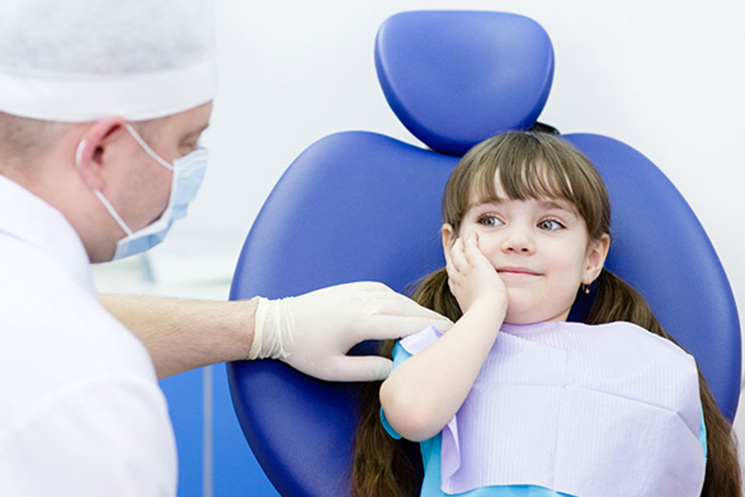Offering the best available diagnostic and therapeutic modalities, The Department of Adult Cardiology operates through interventional and non-interventional arms that together encompass the entire realm of adult craniological practice.
Interventional Cardiology is offered through the use of two state-of-the-art catheterization laboratories, the first of its kind in the country. These utilize digital technology to store and retrieve data in compact discs and perform approximately 6000 procedures annually. Percutaneous Transluminal Coronary Angioplasty (PTCA) with placement of intracoronary stents is a routine procedure. It was in this unit in June 1993, that the first bail out stent placement was performed in India following a PTCA. In keeping with cutting-edge technology, the placements of drug eluting stents are also routine practice.
Balloon Valvuloplasty is another area this department is well known for, in the treatment of mitral, aortic and pulmonary stenosis. Balloon angioplasties make up a sizeable practice in this laboratory especially for peripheral vascular diseases, coarctation of the aorta and peripheral pulmonary artery stenosis. Deployment of coils to interrupt arterio-venous malformations and other abnormal vascular anomalies also fall within the realm of the interventional cardiologist. Non-invasive Cardiology has as its major arm the echocardiography service.


Unique facilities to handle the entire spectrum of congenital Cardiac anomalies from newborns to adults. It operates 350-400 cases per year. The unit is the first in the country to utilize inhaled nitric oxide therapy for severe pulmonary hypertension and modified ultra filtration during open heart surgery in neonates and infants. The Institute of Cardiology and diseases Research has the largest series of single stage unifocalization for the correction of ventricular septal defect pulmonary atresia and major aorto pulmonary collateral arteries (MAPCA). The paediatric Ross program is worthy of special note.

This department deals with congenital heart diseases in children. It also deals with adults whose congenital cardiac anomalies have been diagnosed later in life, and who therefore require a different approach to management vis-à-vis children with similar problems. Its team of committed paediatric cardiologists deals with both interventional and non-interventional treatment modalities. Over 4000 paediatric echocardiograms are performed annually using the latest high resolution echocardiographic equipment. Most children can now undergo surgical repair based on echocardiography alone without having to resort to cardiac catheterization. With the addition of the trans-esophageal echo graphic probes, diagnostic accuracy is enhance both pre and post operatively. Its availability in the operating rooms facilitates precise surgical correction of complex congenital cardiac anomalies.

Cardiac Electro Physiology Laboratory set up in 1998, has aided The Institute of Cardiology and diseases Research to become one of the few centers with expertise to manage end-stage heart failure by means of the latest electrophysiological techniques including biventricular pacing. Equipped with the Bard Duo 32 channel computerized recording system, Radionics RFG-3E radio frequency generator with power and temperature control modes and Micropace PC based stimulator, it is one of the busiest cardiac electrophysiology centers in the country dealing with a wide range of diagnostic studies and radiofrequency ablative procedures both in adult and pediatric patients. The unit is headed by a cardiologist trained specially in interventional cardiac electrophysiology.
Paediatric Cardiologists at the Institute routinely perform catheter-based interventions for closure of cardiac defects like atrial septal defects, patent ductus arteriosus and ventricular septal defects. Balloon atrial septostomy, coil embolization of patent ductus arteriosus and major aorto-pulmonary collaterals, balloon dilatation / stenting of coarctation of the aorta and balloon valvuloplasties ar some of the routine interventional procedures that are particularly significant because surgery could be avoided altogether facilitating a shorter hospital stay for the child.
Coronary artery bypass procedures make up the bulk of the work load in this unit. In keeping with current techniques and technological advancements, Off Pump Coronary Artery Bypass (OPCAB) has come to be an important and common means of surgical revascularization. While valve replacements are done in large numbers, special emphasis is given to repair techniques in an effort to preserve the native valves as and when possible. Novel as well as time tested repair techniques like chordal shortening, quadrangular resection and use of artificial (PTFE) chordate are used as needed. Besides the replacement of aortic and pulmonary valves, the unit has also performed homograft replacement of the mitral valve. The Ross operation involves using the native pulmonary valve as an autograft and a homograft valve at the pulmonary position as an allograft. This operation has distinct advantages in selected patients in avoiding the use of anticoagulants, significantly fewer re-operations and better cardiac hemodynamic. The Institute of Cardiology and diseases Research has performed Ross operations in patients aged between 3 months to 70 years.

Novel treatments to repair/regenerate the injured heart are urgently needed and will have a dramatic impact on morbidity and mortality of patients with heart diseases.
Contact us